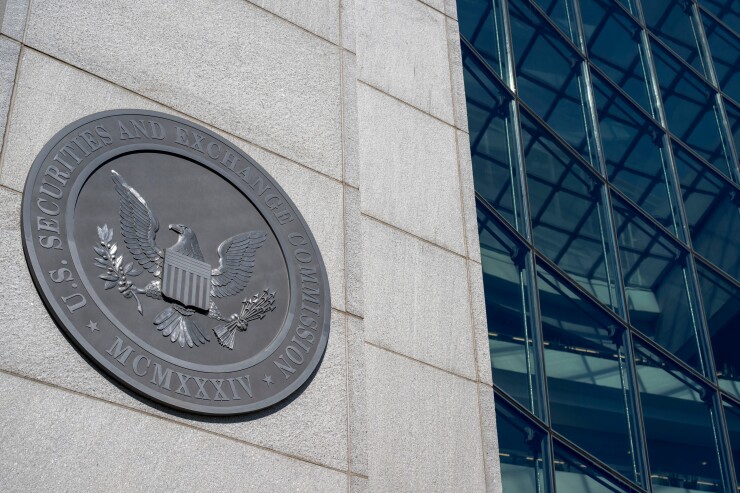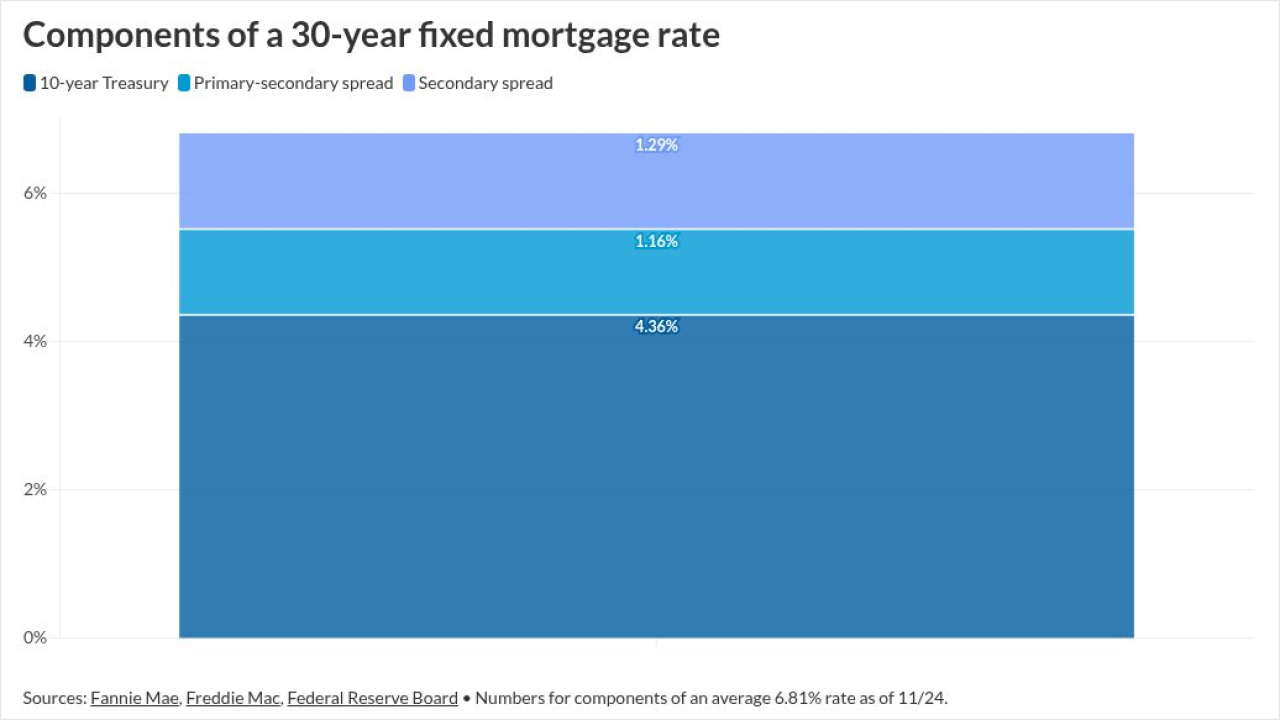The Securities and Exchange Commission is asking the industry whether it should revise the definition of "asset-backed security" and whether it should change asset-level disclosure requirements for residential mortgage-backed securities.
One major reason: to clearly distinguish Regulation AB asset-backed securities from Exchange Act ABS, especially as new issuers and investors enter the market.
It is an acknowledgement that securitizations have become more diverse and complex, both in deal structure and in the types of assets pledged to repay securitized bonds.
The release raised the specific example of public utility securitizations, and whether key features in deal structures distinguish them as Exchange Act ABS or Regulation AB ABS, or both.
"This has the practical effect of preventing an issuer of an offering structured as a series trust from accessing the registered ABS market," the SEC said.
The release also acknowledged that the industry has found ways around certain requirements for registering RMBS deals, in order to get them to market.
"All private-label RMBS offerings since June 2013 have been unregistered , with nearly all occurring in the Rule 144A market," the commission said in the concept release that it published September 26.
Restrictions limit the amount of securitizations that institutional investors can hold under Rule 144a, but that has not stopped the flow of deals.
The market for registered ABS collateralized by consumer lending, however, has been active, according to the SEC.
"Market participants often cite the RMBS asset-level disclosure requirements as a key barrier to the return of private-label RMBS issuance to the registered market," the agency said.
The SEC is working with industry participants to identify barriers to registering RMBS offerings, so it can reduce or even remove them.
The concept release also seeks industry input on RMBS asset-level data, in efforts to guard borrowers' personal privacy while giving investors the information they need for robust risk and return analysis.
Industry participants can use the





